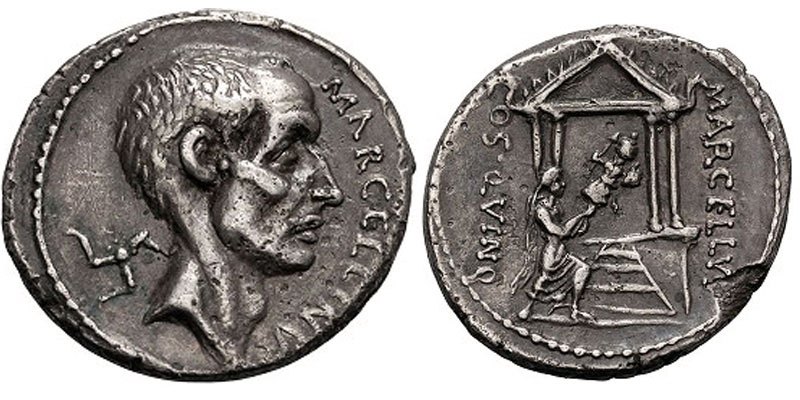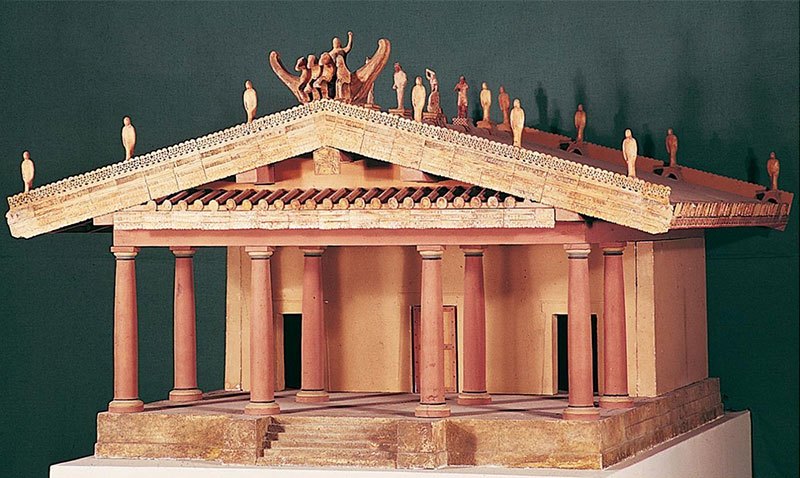Roman Building Projects
A Marker of Social Organization and Military Success
Archaic Rome
The Temple of Jupiter Optimus Maximus Capitolinus
- The first temple built on the Capitolium by Romulus was dedicated to Jupiter Feretrius; the god in his aspect as enforcer of oaths and contracts
- The original archaic temple was probably a hut built in the Romulan style in proximity to a sacred oak
- Temple of Jupiter Optimus Maximus Capitolinus building begins during the reign of Lucius Tarquinius Priscus, who vowed a temple while fighting the Sabines
- He began terracing the Capitoline hill in order to prepare it for the temple foundations
- Archeologists have confirmed the extensive work needed to create the ground for the temple foundations had in fact been done
- Because temples to other gods occupied the place where the new temple was to be built, augurs were consulted to seek permission of the gods to move their temples; Terminus and Juventas refused and their shrines were incorporated into the new temple
- Tarquin the Proud (Tarquinius Superbus) finished most of the temple construction during his reign
- “In his eagerness to finish the temple, Tarquinius Superbus summoned workmen from all parts of Etruria, and not only used public funds but levied extra work from the plebs on top of their military duty”*
- The temple was dedicated on September, 509 BC; it was sacred to the Capitoline triad: Jupiter, Juno and Minerva
- Basically considered an Etruscan temple, it lasted until the late republic, 83 BC, when it was destroyed by fire; it was rebuilt in the Greek style with some Etruscan elements retained
Political and military implications
- The temple was vowed by Lucius Tarquinius Priscus (616-579 BC) during a war with the Sabines, largely built by the last Roman king, Lucius Tarquinius Superbus (535-509 BC) and dedicated during the first year of the Republic (509 BC)
- Such a monumental building implied divine favor, wealth and power
- This temple has a monumental status similar to the Cloaca Maxima, a project that drained the forum valley and made it usable as a center for political and market place activity
- The temple lasted in its Etruscan form for more than 400 years; which means it was venerated and well maintained until it was destroyed by fire in the late Republic and rebuilt in the Hellenistic style


